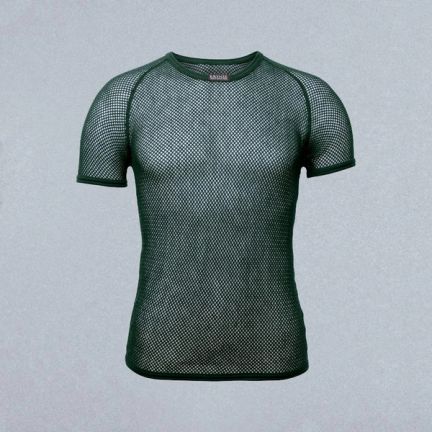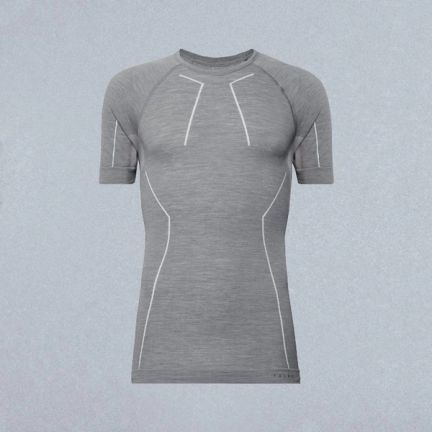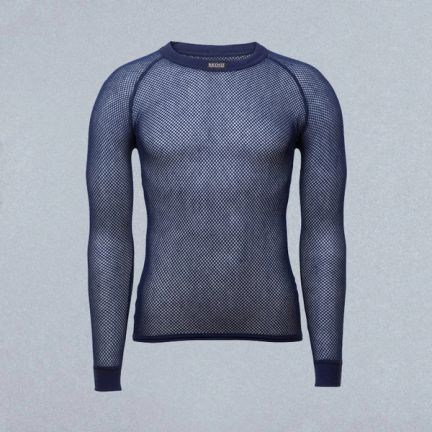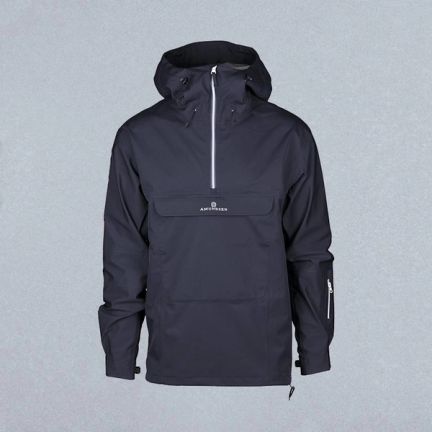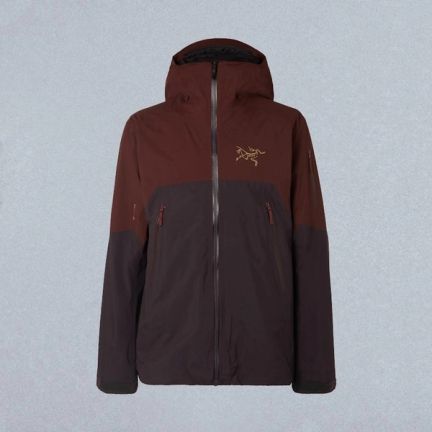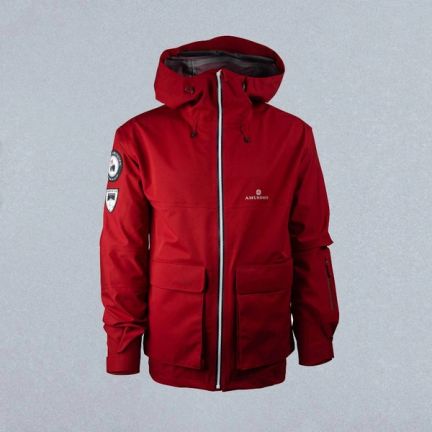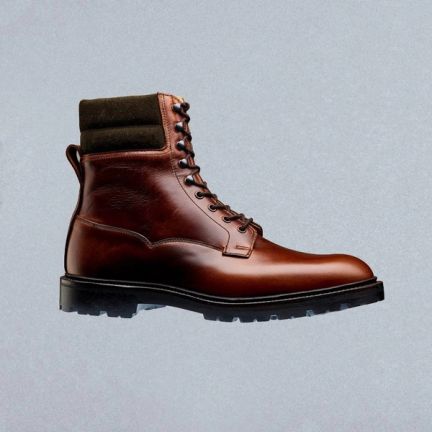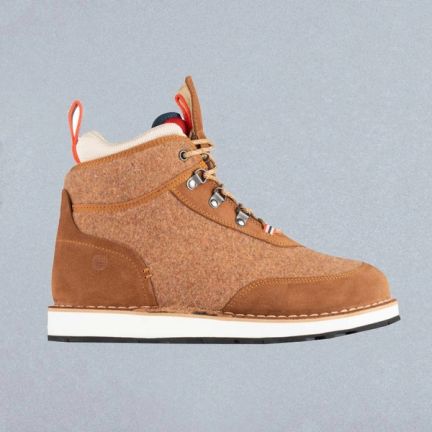
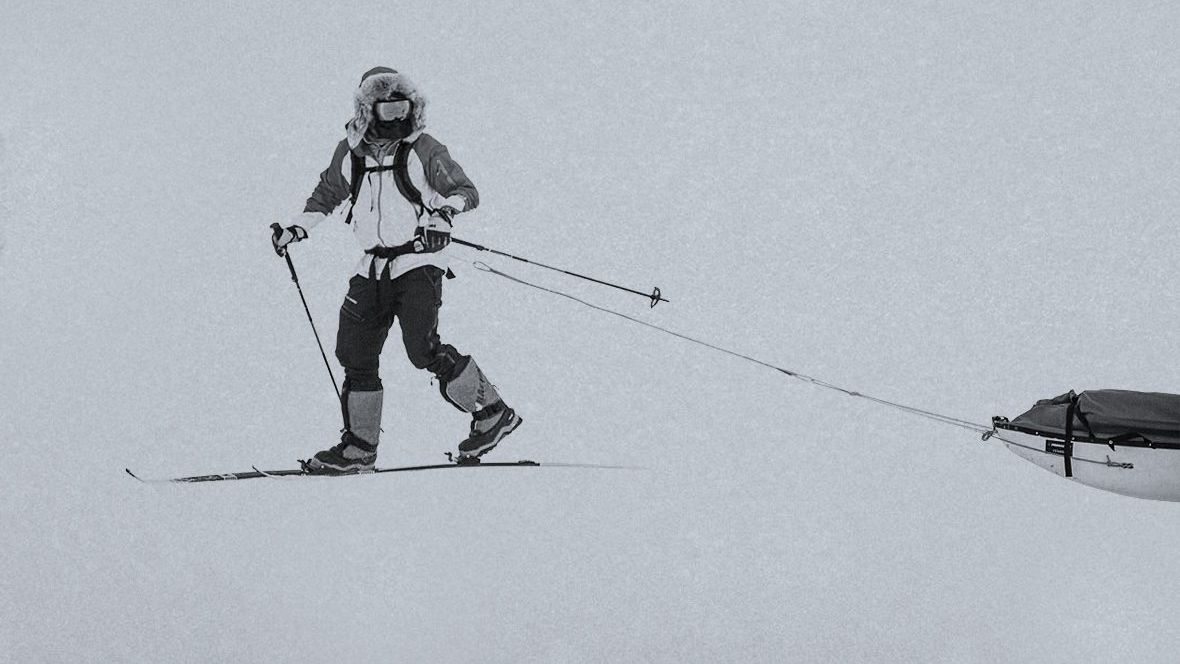
How to stay warm this winter (according to a polar explorer)
Feeling the chill during the cold snap? We asked The Turner Twins how they survive Arctic temperatures — and what tips you can take from them
Words: Jonathan Wells
It’s miserable outside — if you hadn’t noticed. It’s dark, dull, dreary and really rather bleak. But, above all, it’s cold. Very, very cold. Teeth-chatteringly, feet-stampingly, nose-runningly cold. And we, for one, are fed up of it.
Of course, we shouldn’t be complaining. It’s still only Britain, and it can only ever get so cold. And, if the Turner Twins could hear us complaining, they’d probably give us a much deserved clip around our increasingly numb ears. That’s because the Turner Twins are explorers who have ventured to — among other places — the polar ice cap of Greenland. Last year, when we went on the hunt for Britain’s next generation of great explorers, Ross Turner explained how he and his brother Hugo followed in Shackleton’s footsteps on the trip, celebrating the famed adventurer’s Imperial Trans-Antarctic Expedition.
And so, once the clouds rolled in and the temperatures dropped, we couldn’t think of two better men to call than the Turner Twins to ask: just how can we stay warm this winter?
Even if you’re not heading into the tundra, layer up

The first step in conquering the cold is dressing properly. If you’re throwing on espadrilles and an anorak, we’ll have no sympathy when you start feeling frosty. And the Turner Twins know the importance of building up a good cold weather wardrobe. When they travelled to the Arctic in 2014, Ross wore replicas of Shackleton’s old kit — and he’s been converted.
“Layering is a very old concept,” says Turner. “Explorers from the early 20th century didn’t have the luxury of synthetic insulating technology, nor did they use ‘down’ in their garments. Instead they had to layer garments to achieve the same effect. It works by trapping small pockets of warm air between the layers and within the clothes themselves — and having multiple layers allows you to control your temperature.”
So what particular materials should we be looking for? Are the old ways still the best?
“It all depends on what works for you and what environment you’re heading into. Merino wool is a very good natural material to use as a base layer. A wool jumper would also be a good start for a mid-layer. Anything that breathes with your body is great. Avoid anything that says its 100% waterproof! And thermals are worth the investment. Brynje (Norwegian) do some great base layers that we have used for years.”
Have hot drinks, eat fatty foods and stay out of the wind
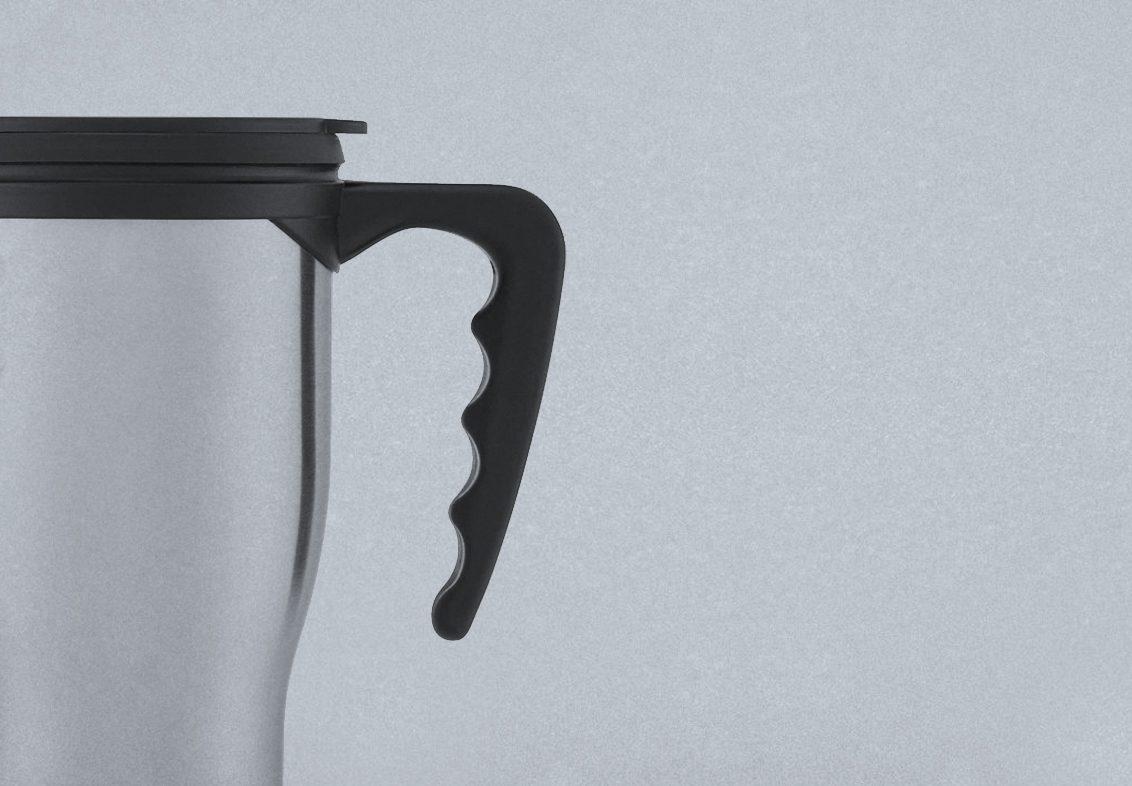
But it’s not all about your thermals — the twins are quick to point out the importance of eating properly. “Eating and drinking the right food will have a dramatic effect on the body in terms of heat,” says Turner. “The body needs to use energy to start breaking down the food and this process creates a small amount of heat.
“So, if you’re starting to feel cold, have a hot drink and get some food inside you. Wind also usually causes people to get cold much quicker, so get out of the wind and get your hands around a hot mug to warm your cold fingers and put a smile on your face.”
And what should we be eating? Are particular foods better avoided in cold weather?
“This is very bespoke to the individual,” advises Turner. “We reduced the amount of sugar we ate, as it left us susceptible to a sugar crash. Eating more fat and protein based foods helps sustain more consistent energy levels throughout the day. Butter, coconut, salami and nuts are a good and easy way of getting fat when in the great outdoors.”
Find yourself a jacket with windproofing and underarm vent zips

Of course, chunky thermals and a snack-pack of coconut will mean nothing if you’re caught in a chilly downpour without an adequate coat. So what jackets will do the best job at keeping you cosy? Should they be waterproof? Windproof? Stuffed to their zippers with insulation?
“You can go for a couple of options,” advises Turner. “If you’re wearing a number of good layers then you can go for a lighter weight jacket — but it must be windproof. The best options here are waterproof shell jackets. If you don’t have lots of layers and a shell jacket, go for something thicker and maybe even something that has built-in insulation.
“Also,” Turner continues, “try to find a jacket with big pockets and vent zips under the armpits, because that helps hugely with keeping your heat under control.”
Learn a couple of simple exercises to stay warm
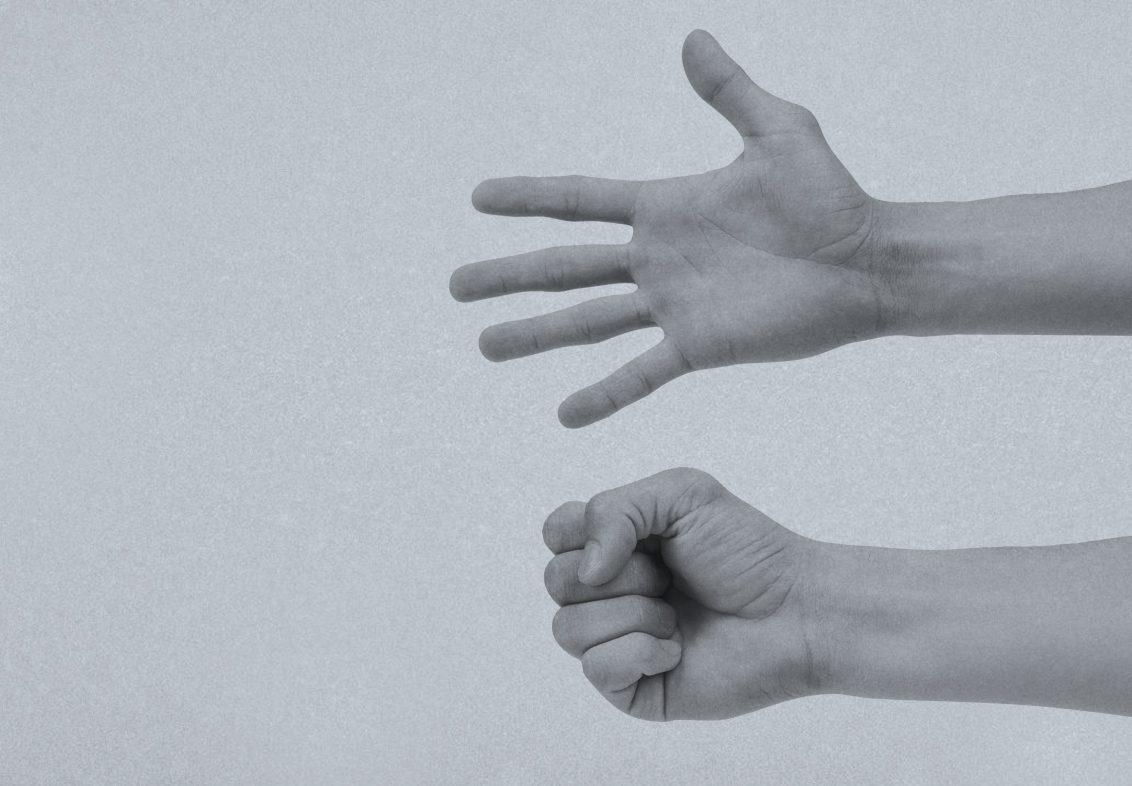
You’re kitted out (save for your boots — they’re yet to be laced up…) and have your snacks and drinks sorted to face the cold weather. But how will you cope when you’re caught in the freezing swirls and chilling eddies of winter? Are there any palm-rubbing, toe-wiggling tips the twins have picked up in the Artic?
“A good tip is to keep your arms straight down beside you, palms facing your hips,” says Turner. “Lift your finger tips out and to the sky and raise your arms out slightly. Then shrug your shoulders up and down keeping your fingers up and palms facing downwards. You should feel the blood pumping into your hands.”
And what about feet? Famously the first extremities to feel the cold, how can you combat frozen feet?
“This is very simple. Get a pair of shoes that fit well! If they are too tight, your warm blood won’t circulate as effectively. Also, think about layering your shoes using a thin pair of socks then a thick pair of wool socks.”
Find a pair of boots that actually fit your feet
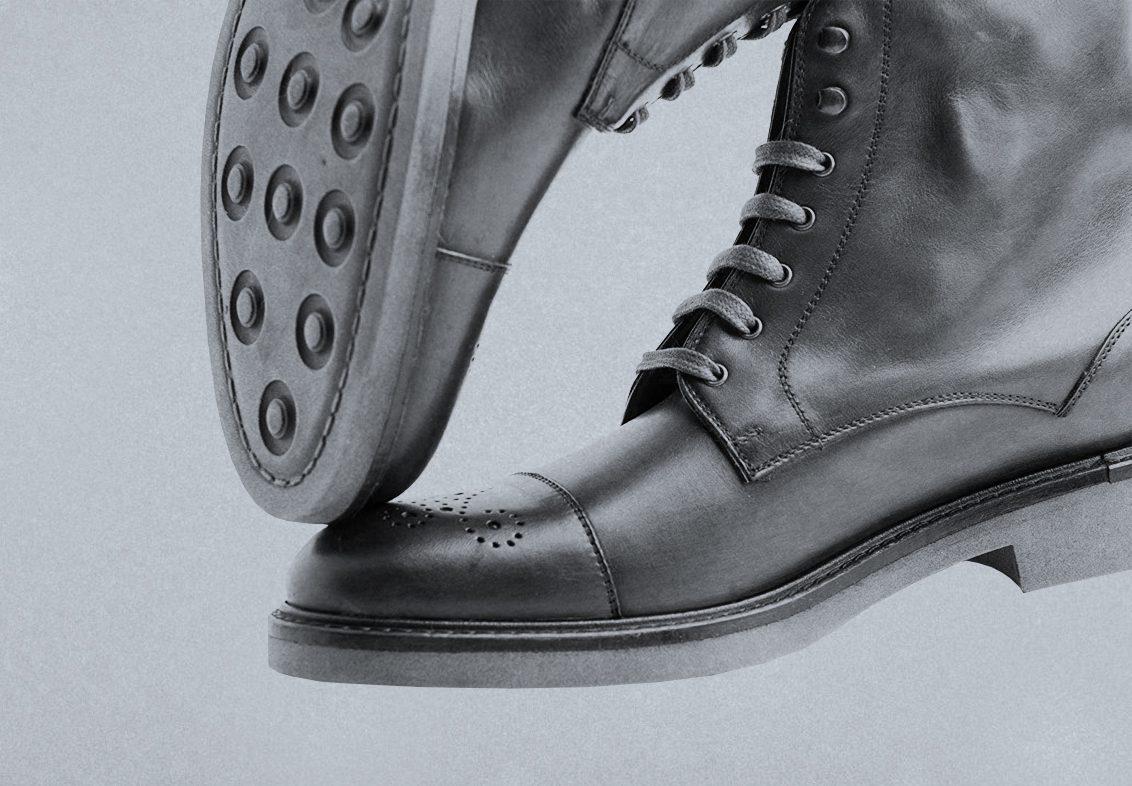
You heard the men; good shoes are key to comfort. So what should we be looking for in this department?
“Different shoe brands produce different shaped boots and shoes. Some have a wider fit while others can be thinner. Make sure you try on several pairs of boots from different brands to get an idea of what feels comfortable. Leather or synthetic, it doesn’t matter, as long as the boots have a good tread and ankle support you should be good.”
“We like to use wool socks with a wool liner,” Turner continues. “Amundsen Sports do a boot system with which you can swap the inner part of the boots to another type of boot. If you are in very cold conditions, vapour barrier liners (VBL) should also be top of your kit list. This stops the moisture from your skin working its way into your boots — which can then freeze over night.”
It’s a good tip. And, although you’re unlikely to actually freeze while you’re waiting at the bus stop this winter, follow these Arctic-beating tips and any niggling nips in the air will be long forgotten.
Still on the hunt for a new winter coat? Check out the best here — and learn what they say about you…
Join the Gentleman’s Journal Clubhouse here.
